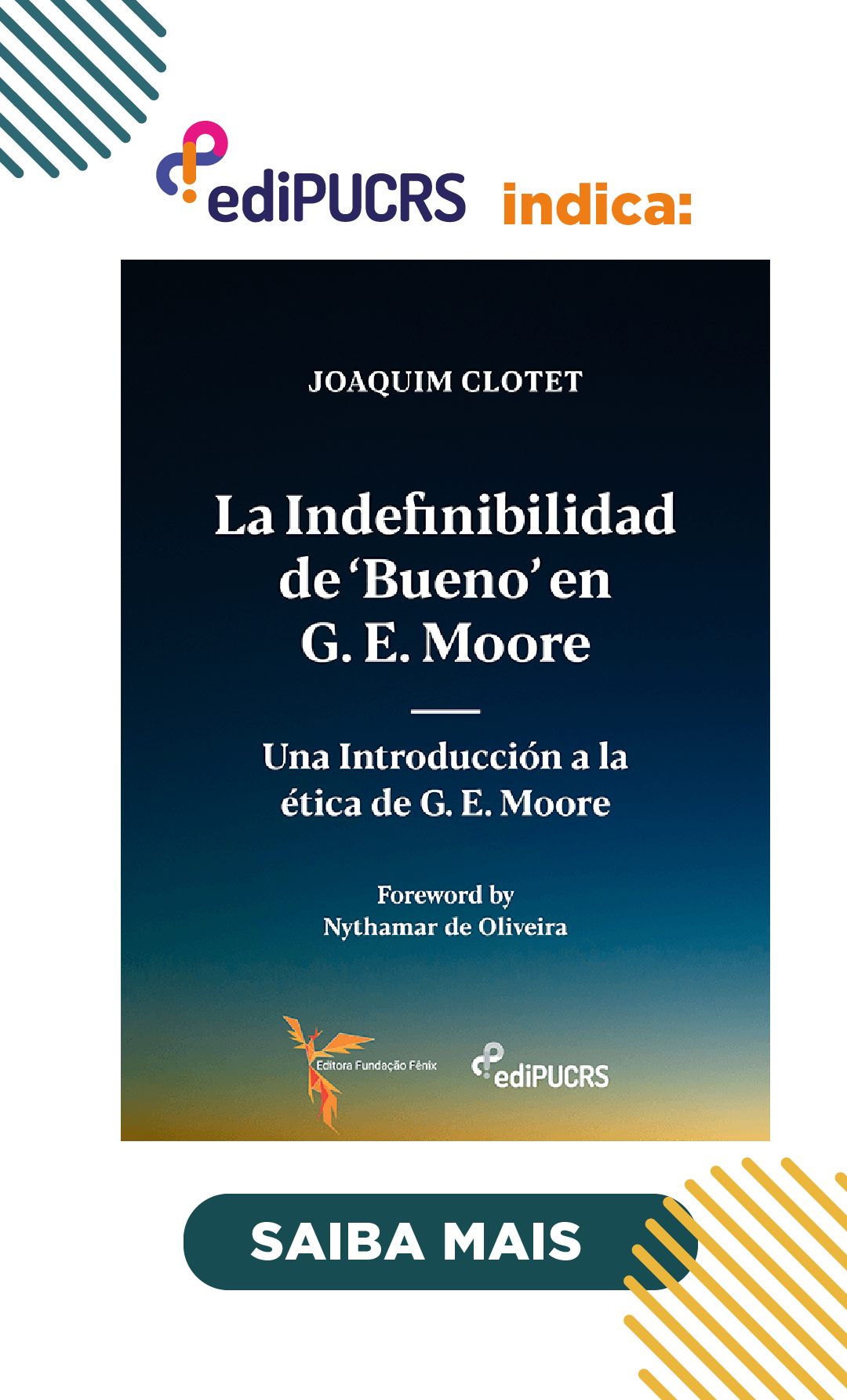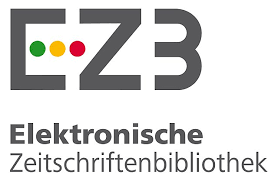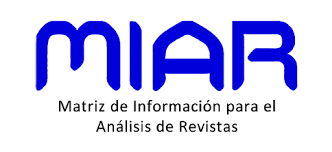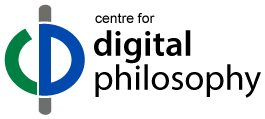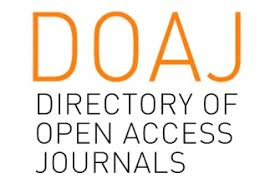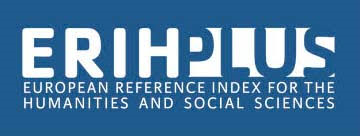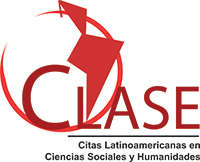Tudo, em qualquer lugar, de uma só vez
Distribuição de vacinas para COVID-19 nos EUA
DOI:
https://doi.org/10.15448/1984-6746.2024.1.45427Palavras-chave:
bioética, COVID-19, saúde pública, tecnologia, vacinasResumo
O desenvolvimento e a distribuição precoce da vacina contra a COVID-19 foram ambos um feito singular e uma oportunidade perdida. Neste artigo, defendo que o consenso em torno dos objetivos de um programa de distribuição de vacinas eficaz e moralmente responsável foi muitas vezes ignorado em favor da inversão das práticas problemáticas de distribuição de cuidados de saúde anteriores à pandemia. Examino os objetivos do planejamento de vacinas quanto aos impactos econômicos, sociais e da saúde pública, de um plano de distribuição contrário à estratégia “primeiro a chegar, primeiro a ser atendido” que acabou sendo utilizada. Defendo que a incapacidade de implementar uma política coerente de vacinação por grupos prioritários resultou numa proliferação de programas de distribuição de vacinas que prejudicaram os esforços de combate ao vírus, aumentando simultaneamente as desigualdades pré-existentes no sistema de saúde. A distribuição de vacinas de acordo com uma estratégia de implementação faseada para grupos individuais muito limitou o acesso à vacina por parte das pessoas com maior probabilidade de sofrerem as piores consequências da doença. O planejamento de pandemias no futuro deve levar em consideração esses resultados e empregar novas tecnologias para limitar o contágio e atender os grupos de risco de forma mais eficaz.
Downloads
Referências
Alam, S. T., Ahmed, S., Ali, S. M., Sarker, S., Kabir, G., & Ul-Islam, A. (2021). Challenges to COVID-19 vaccine supply chain: Implications for sustainable development goals. International Journal of production economics, 239, 108193. https://doi.org/10.1016/j.ijpe.2021.108193. DOI: https://doi.org/10.1016/j.ijpe.2021.108193
Bernat J. L. (2020). Ethical Justifications for Pandemic Rationing Strategies. Annals of neurology, 88(3), 433–435. https://doi.org/10.1002/ana.25848. DOI: https://doi.org/10.1002/ana.25848
Bruckhaus, A. A., Abedi, A., Salehi, S., Pickering, T. A., Zhang, Y., Martinez, A., Lai, M., Garner, R., & Duncan, D. (2021). COVID-19 Vaccination dynamics in the US: Coverage velocity and carrying capacity based on Socio-demographic Vulnerability indices in California. Journal of Immigrant and Minority Health, 24(1), 18–30. https://doi.org/10.1007/s10903-021-01308-2. DOI: https://doi.org/10.1007/s10903-021-01308-2
CDC (Centers for Disease Control and Prevention) (2020b). December 19 and 20, 2020 Presentation Slides. https://www.cdc.gov/vaccines/acip/meetings/slides-2020-12-19-20.html.
Chapman, L. A. C., Shukla, P., Rodríguez-Barraquer, I., Shete, P. B., León, T. M., Bibbins-Domingo, K., Rutherford, G. W., Schechter, R., & Lo, N. C. (2022). Risk factor targeting for vaccine prioritization during the COVID-19 pandemic. Scientific reports, 12(1), 3055. https://doi.org/10.1038/s41598-022-06971-5. DOI: https://doi.org/10.1038/s41598-022-06971-5
Cohen, J., & Rodgers, Y. V. M. (2020). Contributing factors to personal protective equipment shortages during the COVID-19 pandemic. Preventive medicine, 141, 106263. https://doi.org/10.1016/j.ypmed.2020.106263. DOI: https://doi.org/10.1016/j.ypmed.2020.106263
Emanuel, E. J., Persad, G., Upshur, R., Thomé, B., Parker, M., Glickman, A., Zhang, C., Boyle, C., Smith, M. J., & Phillips, J. P. (2020). Fair allocation of scarce medical resources in the time of COVID-19. The New England Journal of Medicine, 382(21), 2049–2055. https://doi.org/10.1056/nejmsb2005114. DOI: https://doi.org/10.1056/NEJMsb2005114
Fienberg, S. E. (1971). Randomization and social affairs: the 1970 draft lottery. Science (New York, N.Y.), 171(3968), 255–261. https://doi.org/10.1126/science.171.3968.255. DOI: https://doi.org/10.1126/science.171.3968.255
Friedman, T. L. (2020,). Opinion: A Plan to Get America Back to Work. The New York Times, New York, March 23. https://www.nytimes.com/2020/03/22/opinion/coronavirus-economy.html.
Gans, J. (2021). State record-keeping on vaccinations leads to patchwork approach. The Hill, Washington, April 13, State Watch. https://thehill.com/homenews/state-watch/548002-state-record-keeping-on-vaccines-creates-patchwork-approach/.
Goldhill, O. (2021). Vaccination rates follow the money in states with big wealth gaps. STAT, Boston, February 11, Research. https://www.statnews.com/2021/02/11/covid19-vaccination-rates-follow-the-money-in-states-with-biggest-wealth-gaps/.
Gupta, R., & Morain, S. R. (2020). Ethical allocation of future COVID-19 vaccines. Journal of Medical Ethics, medethics-2020-106850. https://doi.org/10.1136/medethics-2020-106850. DOI: https://doi.org/10.1136/medethics-2020-106850
Hennigan, W., Park, A., & Ducharme, J. (2021). The U.S. fumbled its early vaccine rollout. Will the Biden administration put America back on track? Time, New York, January 21. https://time.com/5932028/vaccine-rollout-joe-biden.
Hughes, M. M., Wang, A., Grossman, M. K., Pun, E., Whiteman, A., Deng, L., Hallisey, E., Sharpe, J. D., Ussery, E. N., Stokley, S., Musial, T., Weller, D. L., Murthy, B. P., Reynolds, L., Gibbs-Scharf, L., Harris, L., Ritchey, M. D., & Toblin, R. L. (2021). County-Level COVID-19 Vaccination Coverage and Social Vulnerability. - United States, December 14, 2020-March 1, 2021. MMWR. Morbidity and mortality weekly report, 70(12), 431–436. https://doi.org/10.15585/mmwr.mm7012e1. DOI: https://doi.org/10.15585/mmwr.mm7012e1
Jha, A. & Wachter, R. (2021). Opinion, Make it a Lottery. The New York Times, New York, January 7. https://www.nytimes.com/2021/01/07/opinion/coronavirus-vaccine-distribution.html.
Kalpana Khanal, Sophia Prouty & Thomas Stedman (2021). Will COVID-19 worsen the racial wealth gap in the United States? Journal of Economic Issues, 55(2), 499-508, https://doi,org/10.1080/00213624.2021.1913376. DOI: https://doi.org/10.1080/00213624.2021.1913376
Khubchandani, J., Sharma, S., Price, J. H., Wiblishauser, M. J., Sharma, M., & Webb, F. J. (2021). COVID-19 Vaccination Hesitancy in the United States: A Rapid National Assessment. Journal of Community Health, 46(2), 270–277. https://doi.org/10.1007/s10900-020-00958-x. DOI: https://doi.org/10.1007/s10900-020-00958-x
Levine, C. (2009). The Seattle 'God Committee': A Cautionary Tale, Health Affairs November 30.
Levenson, E., Barajas, A., & Young, R. (2020), Florida’s first-come, first-serve COVID-19 vaccination plan for the elderly leads to scramble. CNN, Atlanta, December 30th. https://www.cnn.com/2020/12/30/us/florida-coronavirus-vaccine-line/index.html.
Luyten, J., Tubeuf, S., & Kessels, R. (2022). Rationing of a scarce life-saving resource: Public preferences for prioritizing COVID-19 vaccination. Health economics, 31(2), 342–362. https://doi.org/10.1002/hec.4450. DOI: https://doi.org/10.1002/hec.4450
Mann, S., Berdahl, C. T., Baker, L., & Girosi, F. (2022). Artificial intelligence applications used in the clinical response to COVID-19: A scoping review. PLOS Digital Health, 1(10), e0000132. https://doi.org/10.1371/journal.pdig.0000132. DOI: https://doi.org/10.1371/journal.pdig.0000132
Maxmen, A. (2020). Why the United States is having a coronavirus data crisis. Nature, 585(7823), 13–14. https://doi.org/10.1038/d41586-020-02478-z. DOI: https://doi.org/10.1038/d41586-020-02478-z
McLaren, Z. (2023). Data-driven Targeting of COVID-19 Vaccination Programs: An Analysis of the Evidence on Impact, Implementation, Ethics and Equity. MedRxiv, preprint, https://doi.org/10.1101/2023.01.12.23284481. DOI: https://doi.org/10.1101/2023.01.12.23284481
Moss, E., Patterson, N. A., & Seals, B. F. (2022). An Examination of US COVID-19 Vaccine Distribution in New Jersey, Pennsylvania, and New York. International Journal of Environmental Research and Public Health, 19(23), 15629. https://doi.org/10.3390/ijerph192315629. DOI: https://doi.org/10.3390/ijerph192315629
Ndugga, N., Pham, O., Hill, L., Artiga, S., & Mengistu, S. (2021) Early state vaccination data raise warning flags for racial equity. KFF. San Francisco, February 3. https://www.kff.org/policy-watch/early-state-vaccination-data-raise-warning-flags-racial-equity/.
Pak, A., Adegboye, O. A., Adekunle, A. I., Rahman, K. M., McBryde, E. S., & Eisen, D. P. (2020). Economic Consequences of the COVID-19 Outbreak: The Need for Epidemic Preparedness. Frontiers in Public Health, 8. https://doi.org/10.3389/fpubh.2020.00241. DOI: https://doi.org/10.3389/fpubh.2020.00241
Parker, W. F., Persad, G., & Peek, M. E. (2022). Errors in Converting Principles to Protocols: Where the Bioethics of U.S. COVID-19 Vaccine Allocation Went Wrong. The Hastings Center report, 52(5), 8–14. https://doi.org/10.1002/hast.1416. DOI: https://doi.org/10.1002/hast.1416
Pearce, K. (2020). Distributing a COVID-19 vaccine raises complex ethical issues, The Hub, Baltimore, July 1, Second section.
Peters M. D. J. (2022). Addressing vaccine hesitancy and resistance for COVID-19 vaccines. International journal of nursing studies, 131, 104241. https://doi.org/10.1016/j.ijnurstu.2022.104241. DOI: https://doi.org/10.1016/j.ijnurstu.2022.104241
Schmidt, H., Weintraub, R., Williams, M. A., Miller, K., Buttenheim, A., Sadecki, E., Wu, H., Doiphode, A., Nagpal, N., Gostin, L. O., & Shen, A. A. (2021). Equitable allocation of COVID-19 vaccines in the United States. Nature medicine, 27(7), 1298–1307. https://doi.org/10.1038/s41591-021-01379-6. DOI: https://doi.org/10.1038/s41591-021-01379-6
St Fleur, N. (2023,). ‘Just utter chaos’: A Twitter thread offers a window into the frustrating search for COVID-19 shots. STAT, Boston, July 25. https://www.statnews.com/2021/01/28/just-utter-chaos-twitter-thread-offers-window-into-frustrating-search-for-covid19-shots./
Wang, H., Paulson, K., Pease, S. A., Watson, S., Comfort, H., Zheng, P., Aravkin, A. Y., Bisignano, C., Barber, R. M., Alam, T., Fuller, J. E., May, E. A., Jones, D. P., Frisch, M. E., Abbafati, C., Adolph, C., Allorant, A., Amlag, J. O., Bang-Jensen, B., Murray, C. J. L. (2022). Estimating excess mortality due to the COVID-19 pandemic: a systematic analysis of COVID-19-related mortality, 2020–21. The Lancet, 399(10334), 1513–1536. https://doi.org/10.1016/s0140-6736(21)02796-3. DOI: https://doi.org/10.1016/S0140-6736(21)02796-3
Watson, O., Barnsley, G., Toor, J., Hogan, A. B., Winskill, P., & Ghani, A. C. (2022). Global impact of the first year of COVID-19 vaccination: a mathematical modelling study. Lancet Infectious Diseases, 22(9), 1293–1302. https://doi.org/10.1016/s1473-3099(22)00320-6. DOI: https://doi.org/10.1016/S1473-3099(22)00320-6
Williams, J. H., & Dawson, A. (2020). Prioritising access to pandemic influenza vaccine: A review of the ethics literature. BMC Medical Ethics, 21(1), 40. https://doi.org/10.1186/s12910-020-00477-3. DOI: https://doi.org/10.1186/s12910-020-00477-3
Wrigley-Field, E., Kiang, M. V., Riley, A. R., Barbieri, M., Chen, Y. H., Duchowny, K. A., Matthay, E. C., Van Riper, D., Jegathesan, K., Bibbins-Domingo, K., & Leider, J. P. (2021). Geographically targeted COVID-19 vaccination is more equitable and averts more deaths than age-based thresholds alone. Science advances, 7(40), eabj2099. https://doi.org/10.1126/sciadv.abj2099. DOI: https://doi.org/10.1126/sciadv.abj2099
World Health Organization (2023). Update on Global COVID-19 Vaccination, January 3rd, 2023, https://apps.who.int/gb/COVID-19/pdf_files/2023/05_01/Item1.pdf.
Wu KJ, Isaac M. (2020). Frontline workers were left off the vaccine list at Stanford Medical Center in Palo Alto. They fought back. The New York Times. December 18, 2020. https://www.nytimes.com/2020/12/18/world/covid-stanford-health-center-vaccine-protest.html.
Ye, Y., Zhang, Q., Wei, X., Cao, Z., Yuan, H. Y., & Zeng, D. D. (2022). Equitable access to COVID-19 vaccines makes a life-saving difference to all countries. Nature human behaviour, 6(2), 207–216. https://doi.org/10.1038/s41562-022-01289-8. DOI: https://doi.org/10.1038/s41562-022-01289-8
Downloads
Publicado
Como Citar
Edição
Seção
Licença
Copyright (c) 2024 Veritas (Porto Alegre)

Este trabalho está licenciado sob uma licença Creative Commons Attribution 4.0 International License.
